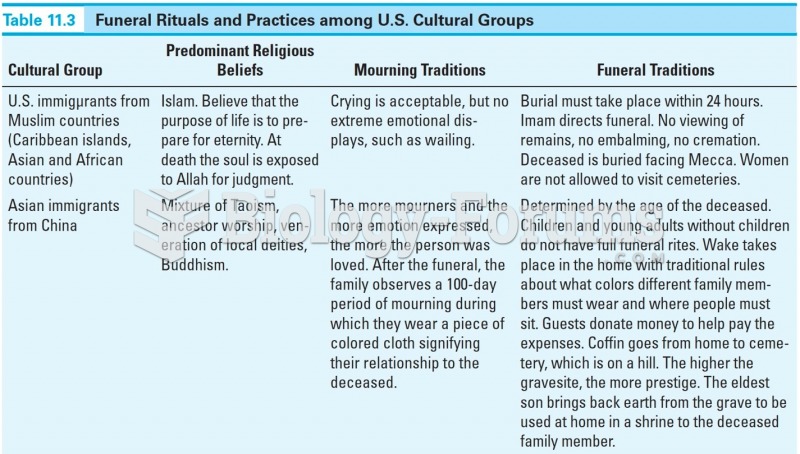|
|
|
Bacteria have flourished on the earth for over three billion years. They were the first life forms on the planet.
Medication errors are three times higher among children and infants than with adults.
Green tea is able to stop the scent of garlic or onion from causing bad breath.
The toxic levels for lithium carbonate are close to the therapeutic levels. Signs of toxicity include fine hand tremor, polyuria, mild thirst, nausea, general discomfort, diarrhea, vomiting, drowsiness, muscular weakness, lack of coordination, ataxia, giddiness, tinnitus, and blurred vision.
Despite claims by manufacturers, the supplement known as Ginkgo biloba was shown in a study of more than 3,000 participants to be ineffective in reducing development of dementia and Alzheimer’s disease in older people.







